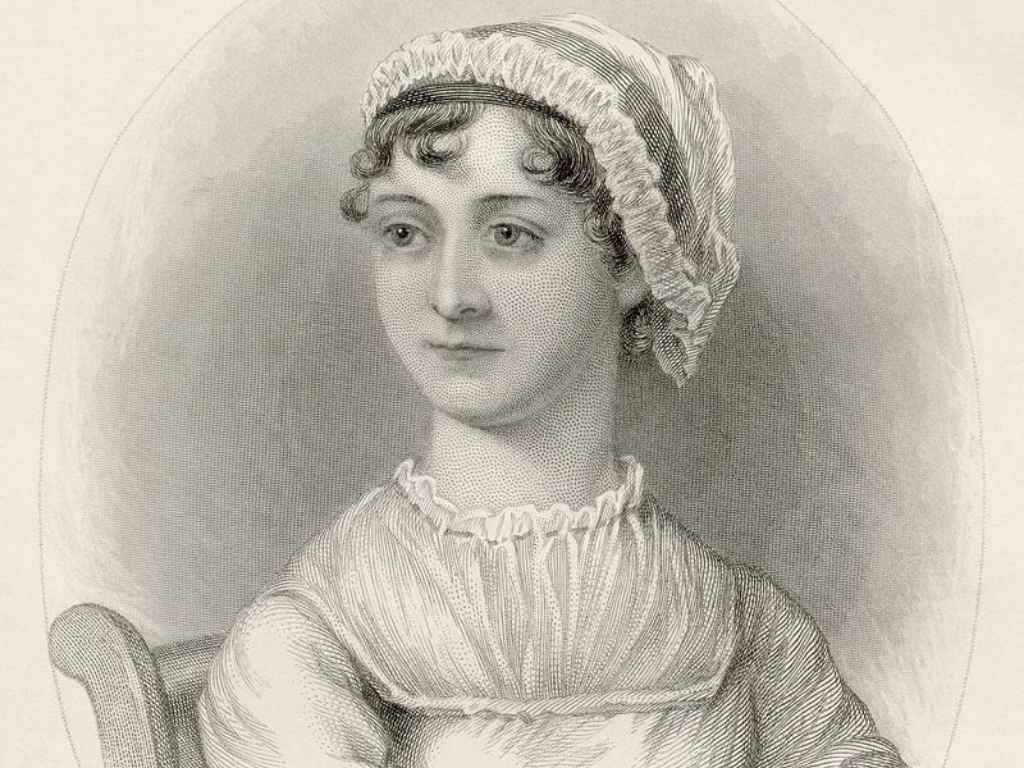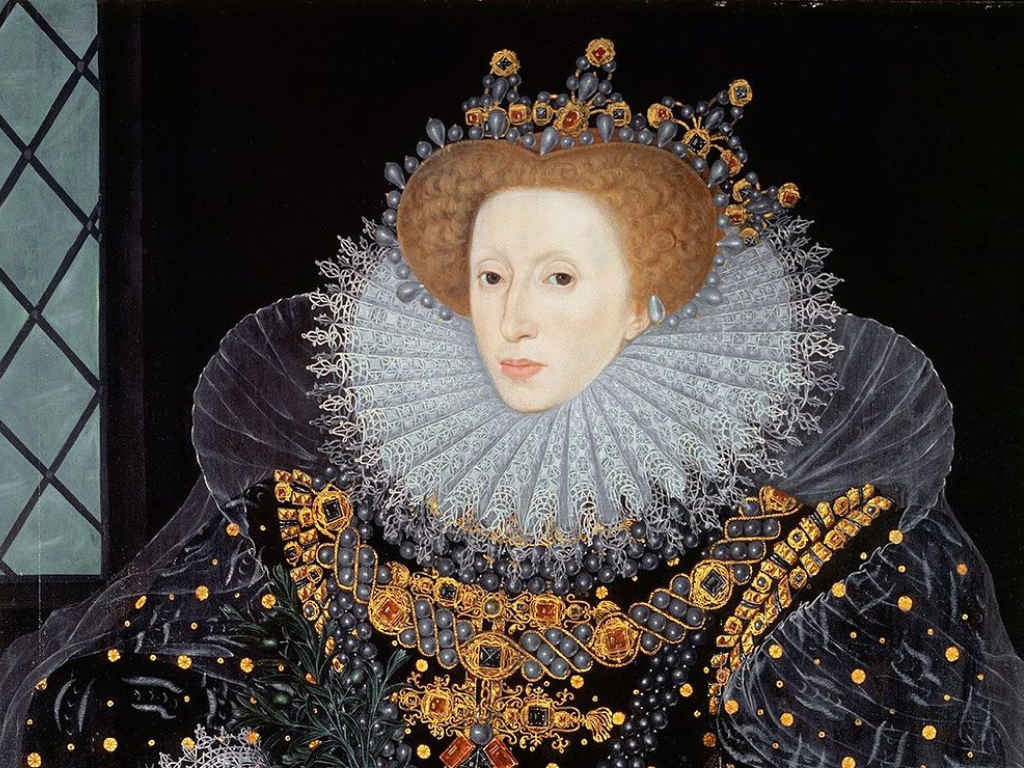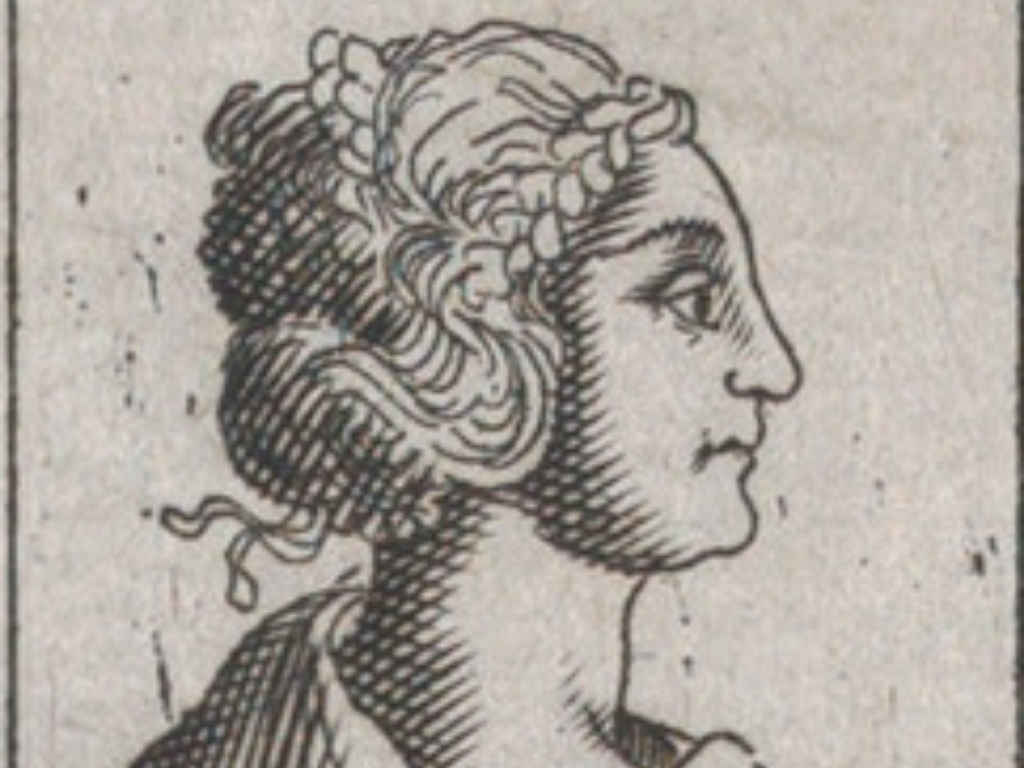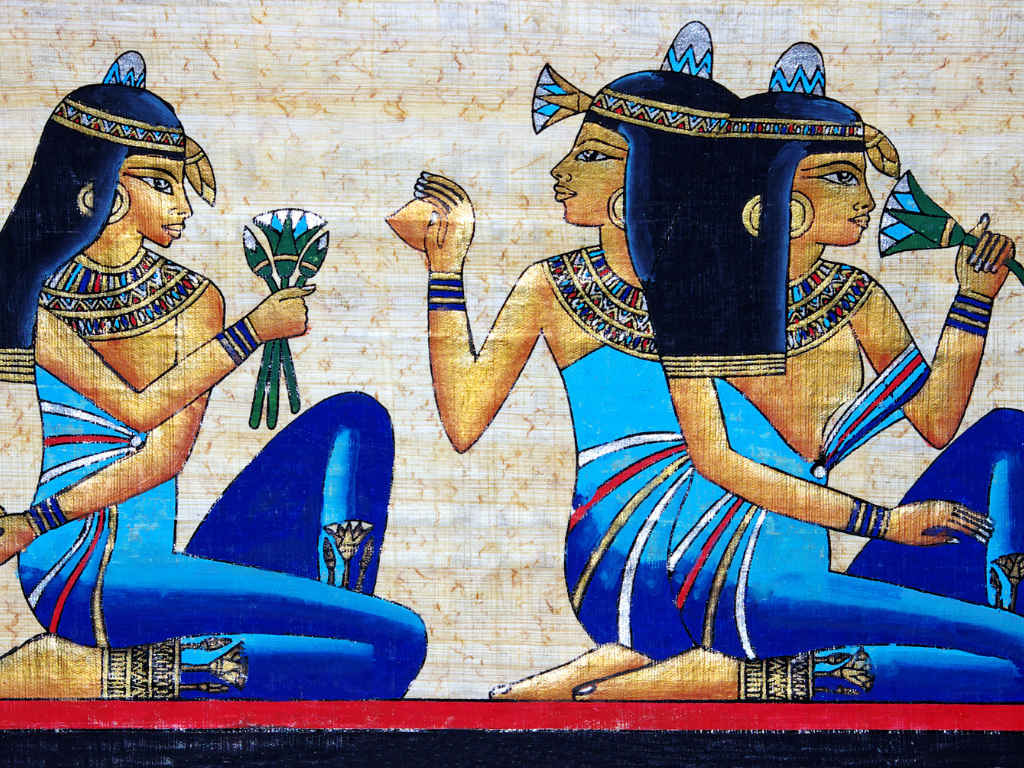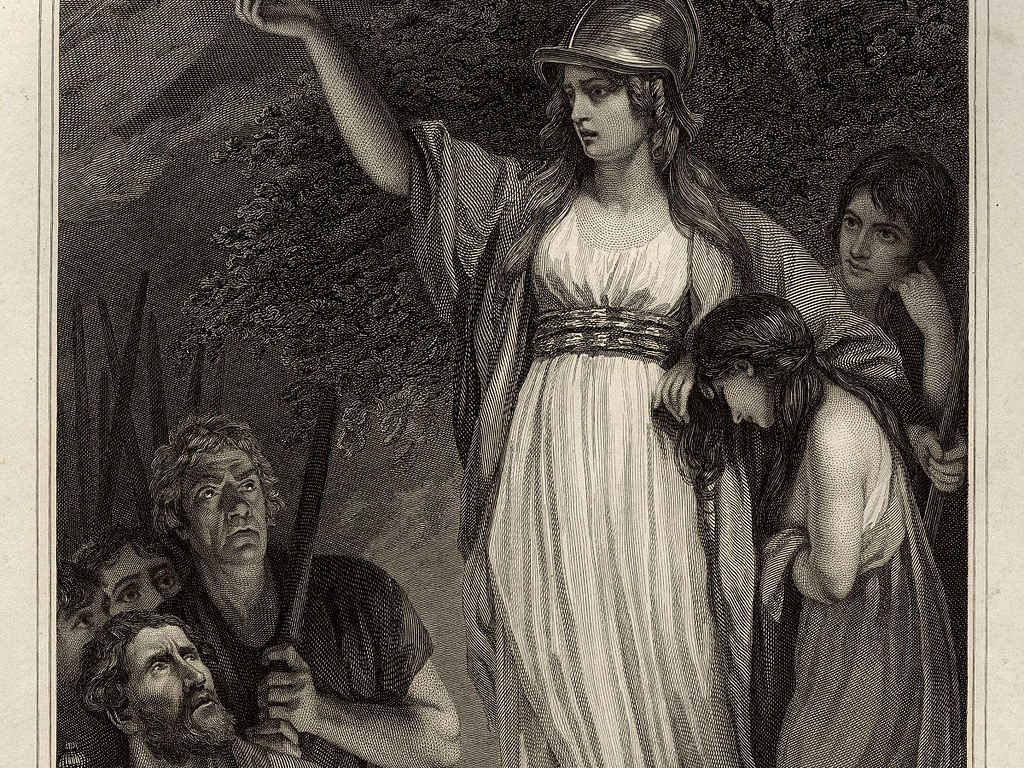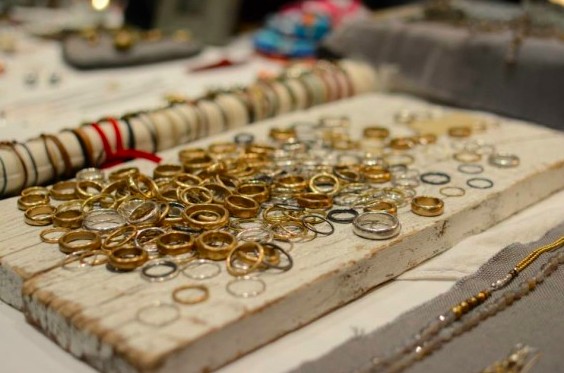We want to highlight the many stories of women around the world, through different eras and epochs, that have made huge contributions to society as we know it. It’s hard to imagine exactly where we’d be without the strategy, intuition, and innovation of these leaders in art, literature, design, science, and empire. Let’s get to know the names, faces, and tales of the world’s most prolific women in history. We’ll start out with celebrated women in the artistic world, then move on to famous political leaders, and end with women in science.
Famous Women in American History
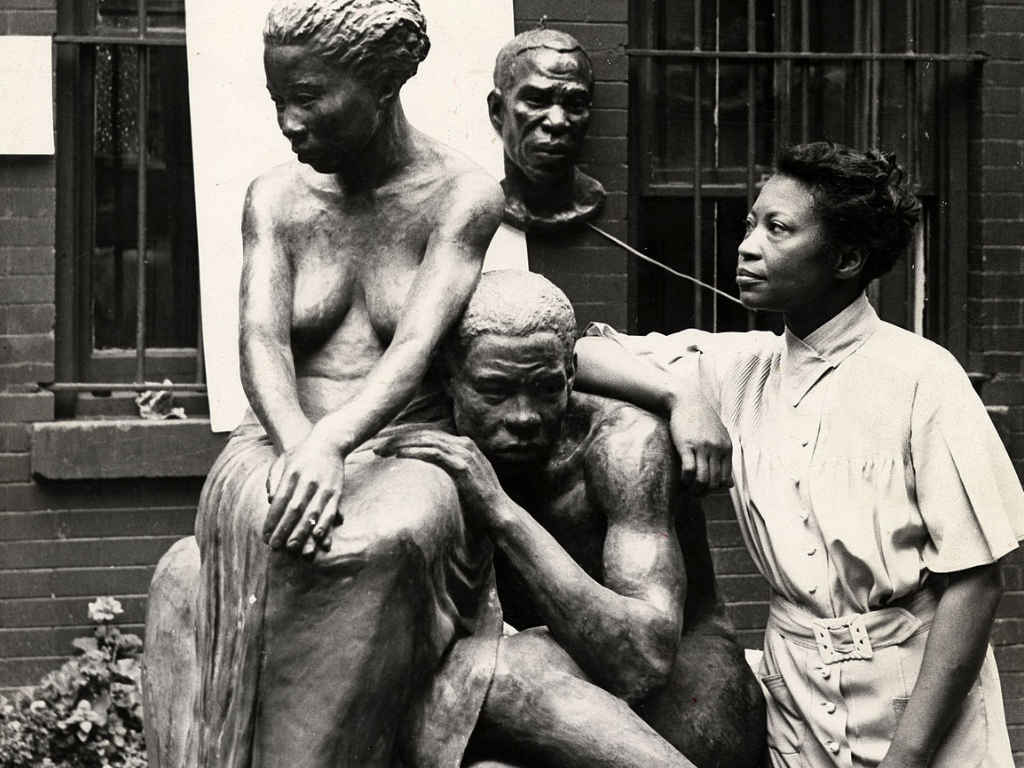
Augusta Savage
This renowned Harlem Renaissance-era sculptor made significant strides in the art world as an artist, teacher, and activist. Augusta Savage’s style was realistic, depicting Black and African American subjects with raw emotion and power. Her notable work *Gamin* (1929), on permanent display at the Smithsonian American Art Museum in Washington, D.C., captures the personality and essence of the Harlem youth in a single bust. Augusta Savage had many obstacles in her way — the Great Depression, her abusive father, rampant racism and misogyny to name a few — but built a strong legacy in spite of it all.

Louisa May Alcott
Abolitionist, feminist, and literary success Louisa May Alcott is known for being the author of the much-revered *Little Women* but had many more roles to play in her life. Even when it was published in 1868, *Little Women* touched the hearts of children and adults alike, a sentiment that still rings true today. Alcott used the same empathy and care she poured into the popular book during her time in activism as a suffragist. Her home in Concord, Massachusetts was also a stop for enslaved people on the Underground Railroad. Revolutionary for her time, Louisa May Alcott addressed women’s issues in a candid way, both in and out of her stories, pushing the needle forward for women in America and beyond.
Famous Women in the World

Frida Kahlo
Frida Kahlo is the iconic face of feminism for a reason. Highly revered Mexican artist of the 20th century, Kahlo explored themes of gender, sexuality, and identity within her many paintings. A product of her turbulent time, Frida was as much a social and political activist as she was an emotive artist. The strength of her body and mind is also made clear by the many accidents she has suffered throughout her life. A painful bus crash at the age of eighteen, numerous miscarriages, ill-performing back surgeries, and a turbulent marriage didn’t stop her from being the active fighter that she was. Her art was in every way a reflection of who she was: a change-maker, a fearless truth-seeker, and a perceptive thinker.
Coco Chanel
What do you think of when Coco Chanel comes to mind? Elegance, luxury, femininity, fragrance. While her name is synonymous with boutique and high-end splendor, her roots are anything but. Gabrielle Bonheur's "Coco" Chanel was a self-made woman born in an orphanage. Through cunning bravery and grit, Chanel cemented her name as one of the most affluent brands in the world. First a singer, then a milliner, the French fashion designer and entrepreneur stopped at nothing to be a successful, wealthy woman without marrying a man. Yet, like many prominent women of the unstable 20th century, her story isn’t simply one of the rags to riches. Her life was intertwined with so many towering figures of her era, it’d be hard to find someone who wasn’t caught in her complex, often messy web.

Artemisia Gentileschi
Born to an artist in 1593, Artemisia Gentileschi was an accomplished Italian baroque painter during the late Renaissance. While she wasn’t the only woman of the time to pursue artistic endeavors, it was highly unusual. She was the first woman to become a member of Accademia di Arte del Disegno in Florence and garnered international recognition for her talents. Artemisia’s style was different from her male contemporaries in that she often featured women in her paintings. Female biblical characters, allegories, and mythological figures were presented as equal importance to men in her revolutionary portrayals. Moreover, her often raw and violent subject matter, depictions often thought of as masculine, was influenced by her own abuse from men, giving her a stark perspective on art lost to those around her. Artemisia Gentileschi successfully subverted a male-dominated style of painting by bringing feminine perspectives of gender dynamics into her sweeping work. Judith Slaying Holofernes (1614-1620) continues to be one of the most influential pieces of baroque art to this day.
Discover more topics in art with our seminars and courses on art history.
Jane Austen
It’s a true shame that we know so little about this genius English novelist's personal life. While we don’t have much surviving evidence of what she was like, a lot can be gleaned from her keen observations in the sensational books she has created. From Pride and Prejudice to Emma to Sense and Sensibility, Jane Austen has proved time and time again that she not only notices the way we humans work socially, but she understands it. Biting humor, a strong sense of irony, and acute social commentary transcended Austen from a simple writer of her time to a legendary author for future generations to enjoy and relate to. Her characters have been so beloved and her themes so memorable that they have inspired adaptations, fan fiction, book clubs, and so much more fanatic projects. The cult of the Janeites is strong, and we know that the fervor for Austen won’t die out any time soon.
Famous Female Leaders in History
Queens of Britain
“Though the sex to which I belong is considered weak you will nevertheless find me a rock that bends to no wind.” — Queen Elizabeth I (1533 – 1603)
The Queens of Britain has long stood as a symbol of feminine power. While there have been few reigning queens in Britain, their number, combined with queen consorts, far outnumbers the kings, making the British crown very much a story of extraordinary women, and women who often defied expectation. Queen Elizabeth I, for example, was nicknamed “The Virgin Queen” because she chose not to marry and to focus on her country instead. Despite having no claim to the throne (her mother was Anne Boleyn, second wife of King Henry the VIII), she became one of the most successful monarchs in English history, owing to her strategy, attitude, and cleverness.
Women of Imperial Rome
The ancient women of Rome had a massive role in building the vast empire that it once was. Their cunningness, sleuth, and schemes were too often undermined by the emperors at the time. What’s more, it’s unfortunate that the records that we have been authored by men filtered them with bias. Despite this, thanks to extensive field surveys and better studies of ancient sources, we can have a better understanding of the important part these extraordinary women had in the Roman Empire. The controversial Livia Drusilla, for example, was extremely powerful from 38 BC to her death in 29 CE. After divorcing her first husband and marrying emperor Augustus, she had a hand as his advisor in all political matters, including the alleged deaths of her husband’s competition in the line of succession.
Malala Yousafzai
The courageous events that Pakistani activist Malala Yousafzai had to endure redefined what it meant for a woman to be educated in a place where education was not a woman’s prerogative. Avid fans of learning ourselves, Malala holds a special spot in our hearts for her bold resistance to the Taliban’s ban on all girls going to school. Like many daring women throughout history, Malala faced imminent danger for speaking out against a terrible injustice, but she perseveres today stronger for everything she’s been through, for girls around the world. The youngest person to receive a Nobel Peace Prize, Malala Yousafzai continues to be a voice for women’s advocacy everywhere.
Hatshepsut
It’s an all too depressing fact that women have contributed to the rise of every great civilization in history, but are erased from its narrative. Such is the case for many periods of early human eras. Thankfully, however, we have well documented sources of one of the greatest and most powerful women of ancient Egypt, Hatshepsut. Queen of Egypt around 1473 BC, Hatshepsut gained full power as pharaoh after her husband King Thutmose II died. She made significant progress for the Egyptians during her reign, extending trade to further regions and implementing massive building projects. Curiously, Hatshepsut was only discovered in the 19th century because she wanted to be depicted as a male in images and sculptures. She was one of three women to become the pharaoh of Egypt in over 3,000 years of the ancient civilization’s history, Nefertiti and Cleopatra being the other two.
Boudica
The Romans, while celebrated for their achievements and innovations, were brutal and ruthless conquerors who forced many civilizations to submit to their rule, including the Celtic tribes in southern England. When Boudica married Celtic king Prasutagas, the Romans let him continue in power as an unwilling ally. After he died in 60 AD, however, they forcibly took Boudica’s kingdom, flogged her, and abused her family. Roman historian and politician Tacitus recorded her promise of vengeance, “Nothing is safe from Roman pride and arrogance. They will deface the sacred and will deflower our virgins. Win the battle or perish, that is what I, a woman, will do.” Boudica subsequently led a revolt against the Romans, defeating the Roman Ninth Legion. While the rebellion was ultimately unsuccessful, the Celtic warrior and queen remains a powerful emblem of justice. Learn more about the people of ancient Rome with Context.
The Trung Sisters
Almost 2,000 years after their stories, Trung Trac and Trung Nhi still live in the heart of Vietnamese identity. These two young sisters banded an army together and fought for their ancestral land in 43 AD when an imperial Chinese group invaded present-day Vietnam. After the unjust death of her husband, Trung Trac with her sister Trung Nhi worked to mobilize against Chinese rule. The time called for everyone to stand up against the enemy, regardless of gender. 36 generals of the Trung Sisters’ army were women. While they won their initial battle after ousting the Chinese leader, Han emperor Guang Wu Di later led an order to overthrow the Trung sisters. There are myths surrounding what exactly happened to them. Some say they were captured, some say they were executed, and others maintain that they floated up into the clouds. In any case, they remain celebrated for their valiant heroism.
Forgotten Women in History: Science Edition
You might know the stories of English chemist Rosalind Franklin who laid the foundation for DNA study, physicist of radioactivity Marie Curie, and the first computer programmer Ada Lovelace, but what about the often forgotten women in science? Katherine Johnson and Henrietta Lacks are two stories of NASA and medicine, respectively, that you’ve got to hear.
Katherine Johnson
Portrayed in the film Hidden Figures, Katherine Johnson received numerous accolades for her work as a mathematician on NASA’s early space missions. Johnson contributed to NASA during Jim Crow-era laws that racially segregated her from other computing units in Hampton, Virginia. Of the many plans she worked on, Project Mercury may have been her most important — America’s first program to launch humans into space. She and other Black women were largely neglected from these major milestones in history, but Johnson received the much deserved Presidential Medal of Freedom in 2015 at the age of 97. She lived to 101 before passing away recently in 2020.
Henrietta Lacks
The story of Henrietta Lacks isn’t an unusual one for Black women. While she wasn’t a scientist, Lacks has made extraordinary contributions to the field. In 1951, Henrietta Lacks checked into Johns Hopkins Hospital in Baltimore, Maryland, one of the only hospitals in the area that served the Black community, for cervical cancer. She died later that year having battled an aggressive form of this cancer. Months earlier, however, doctors took samples of her cancerous cells while trying to treat the ailment. They must’ve known that there was something special about these cells because researchers later discovered that they had an uncanny ability to survive and reproduce. The medical world dubbed these cells HeLa, after Henrietta Lacks, and began to study them in great depth, finding wonderful applications in cancer, immunology, and even in COVID-19 vaccines more recently.
Despite these remarkable discoveries in science, Henrietta Lacks’ family was never informed about the way her cells were being used. Researchers published study after study using her name and biotech firms profited off her cells, but her family never received any of the money nor the recognition. In a world where medical care was still few and far between for Black people, the lack of consent to use her cells came off as a particular affront, and the life and legacy of Henrietta Lacks went unsung. Fortunately, in the past decade, the Lacks family, scientists, and researchers have worked together to create rules surrounding consent. We can thank Henrietta Lacks and her family today for the strides they’ve made in the ongoing fight for racial equity, especially within medicine.
Women’s History Month with Context
The women of this world, stretching from continent to continent and era to era, deserve to be recognized for their intelligence, bravery, and struggle for justice. Despite all odds, despite often living in a world where all odds are against them, women everywhere continue to impress and persevere with the sheer strength of will for something better. Whether it’s art, politics, or science, you can learn the names and faces of the many women who have made contributions to the world that can be felt to this day with Context.

